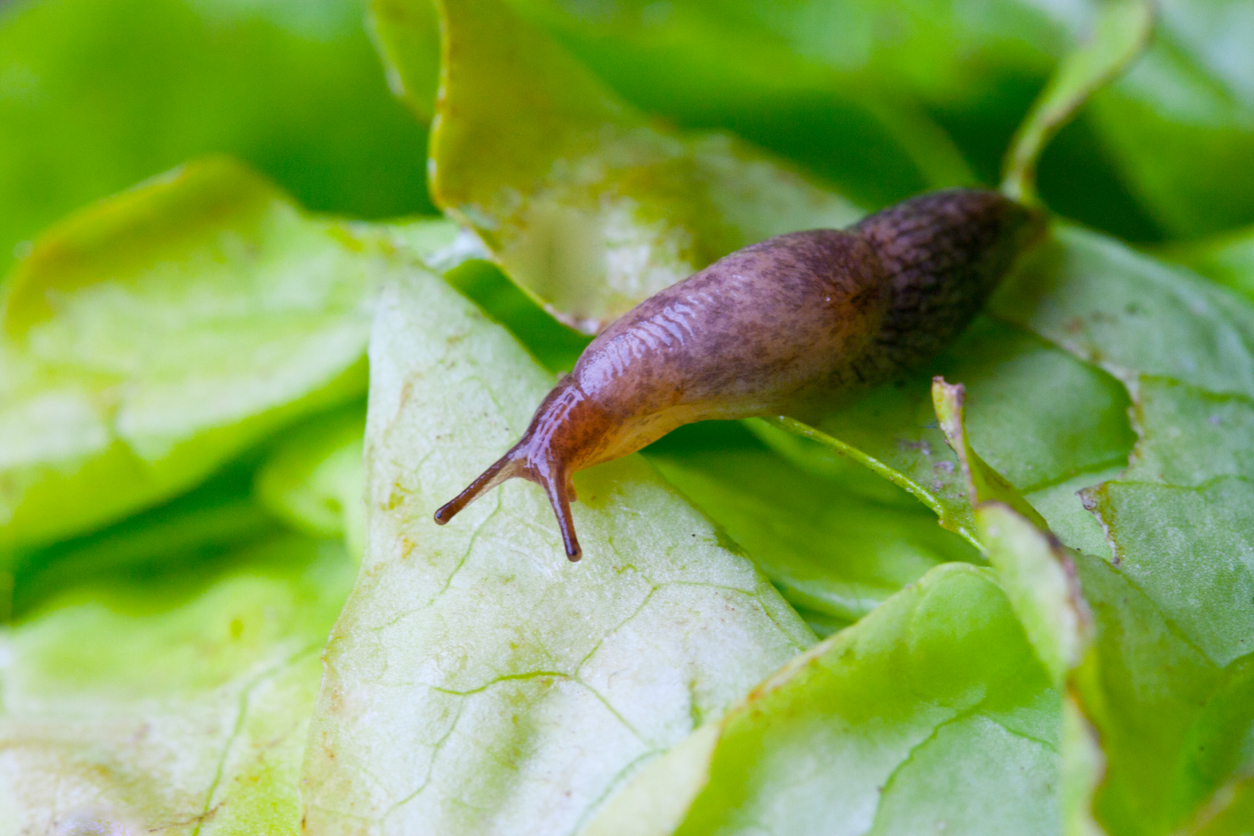Using Electricity to Assess Soil Health

A new break-through in soil health testing has occurred which may allow researchers and farmers to instantly measure soil health and microbial activity. A group of Washington State University researchers are using small electrical currents to assess soil microbes and soil health impacts. Soil microbes process 90% of the soil’s energy and nutrients. Each microbe is like a soluble bag of fertilizer, supplying plant roots with nutrients, amino acids, proteins, and even whole enzymes. Measuring soil health has been difficult. Soil scientist, fertility specialist, and farmers have used soil chemistry and harsh chemicals to make nutrient analysis. They also measure soil texture and pH to try to understand a soil’s chemical and physical properties. While chemical and physical measurements may be valuable, they do not always measure soil productivity directly. Soil biology is extremely important as well. Unfortunately, there has not been many good tests to measure both biological activity and ...



